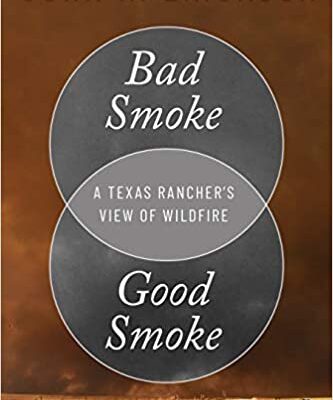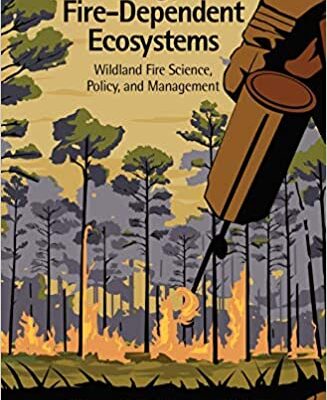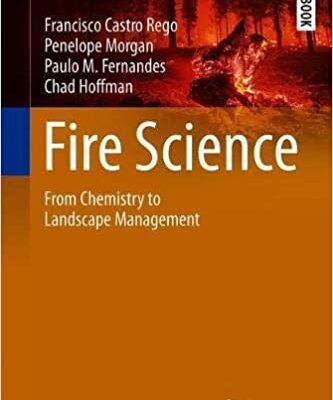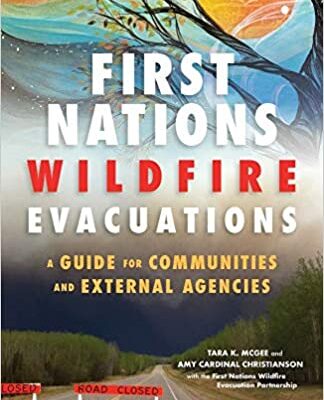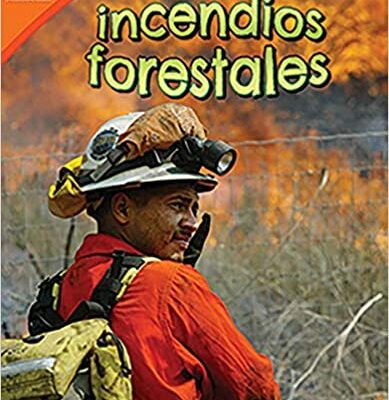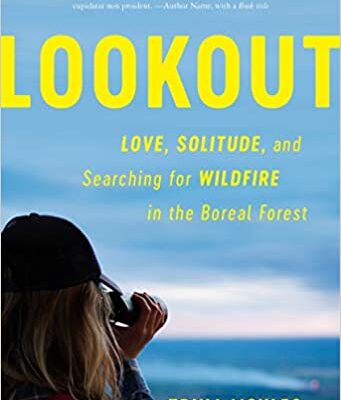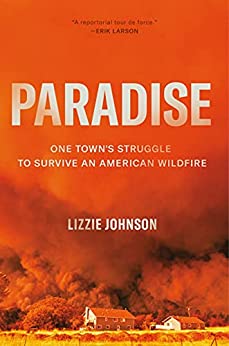Ashley Wolff. 2021. Wildfire! Beach Lane Books
Bad Smoke, Good Smoke: A Texas Rancher's View of Wildfire (Voice in the American West)
Breathing Fire: Female Inmate Firefighters on the Front Lines of California's Wildfires
Ecology of Fire-Dependent Ecosystems: Wildland Fire Science, Policy, and Management
Fire Science from chemistry to landscape management
First Nations Wildfire Evacuations: A Guide for Communities and External Agencies
Introduction to Fire in California: Second Edition (California Natural History Guides)
Kristy Stark. 2021. Enfrentar los incendios forestales (Dealing with Wildfires).
Lookout: Love, Solitude, and Searching for Wildfire in the Boreal Forest
Paradise: One Town's Struggle to Survive an American Wildfire ( Kindle Edition )
Points of Prominence: Fire Lookouts of the Payette National Forest
About the Author – Richard H. Holm Jr.
Richard H. Holm Jr. is a respected historian and researcher known for his meticulous documentation of the fire lookout heritage of the American West. For decades, Holm has dedicated himself to preserving the untold stories of the people and structures that safeguarded America’s forests from wildfires long before the era of satellite monitoring.
Based in Idaho, Holm combines his passion for forestry, history, and exploration to produce richly detailed works that celebrate both the landscapes and the individuals who shaped them. His extensive fieldwork has taken him to remote mountaintops, decommissioned lookout sites, and archives where the legacy of early fire management still burns bright.
Holm’s writing reflects a deep respect for public lands, conservation, and the human spirit of vigilance. Through books like Points of Prominence: Fire Lookouts of the Payette National Forest, he brings readers closer to the realities of life in the wilderness — from the solitude of fire watchers to the evolving science of wildfire prevention.
Beyond his literary work, Holm has contributed to forest history preservation projects, collaborated with local agencies, and inspired a new generation of researchers and outdoor enthusiasts to recognize the importance of these historic towers. His storytelling bridges the gap between past and present, ensuring that the courage and commitment of forest lookouts are never forgotten.
If you’re interested in learning more about his research or other titles, visit his Goodreads Author Page or explore the U.S. Forest Service’s Fire Lookout Heritage Program.
About the Author – Richard H. Holm Jr.
Richard H. Holm Jr. is a respected historian and researcher known for his meticulous documentation of the fire lookout heritage of the American West. For decades, Holm has dedicated himself to preserving the untold stories of the people and structures that safeguarded America’s forests from wildfires long before the era of satellite monitoring.
Based in Idaho, Holm combines his passion for forestry, history, and exploration to produce richly detailed works that celebrate both the landscapes and the individuals who shaped them. His extensive fieldwork has taken him to remote mountaintops, decommissioned lookout sites, and archives where the legacy of early fire management still burns bright.
Holm’s writing reflects a deep respect for public lands, conservation, and the human spirit of vigilance. Through books like Points of Prominence: Fire Lookouts of the Payette National Forest, he brings readers closer to the realities of life in the wilderness — from the solitude of fire watchers to the evolving science of wildfire prevention.
Beyond his literary work, Holm has contributed to forest history preservation projects, collaborated with local agencies, and inspired a new generation of researchers and outdoor enthusiasts to recognize the importance of these historic towers. His storytelling bridges the gap between past and present, ensuring that the courage and commitment of forest lookouts are never forgotten.
If you’re interested in learning more about his research or other titles, visit his Goodreads Author Page or explore the U.S. Forest Service’s Fire Lookout Heritage Program.



